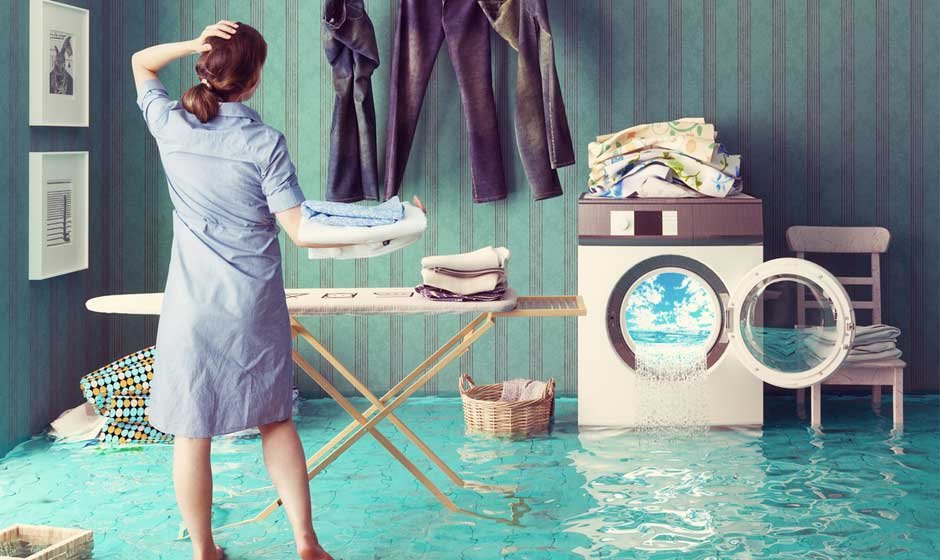Understanding the Impact of Flooding on Interiors
When a flood hits—whether due to heavy rain, a burst pipe, or a blocked drain—it doesn’t take long for damage to set in. Water doesn’t just sit on the surface. It seeps into carpets, soaks through underlays, warps floorboards, and can quickly lead to mould or structural issues. For households and offices alike, quick action can mean the difference between recovery and long-term damage.
What’s often misunderstood is that even clean-looking water can cause significant problems. Moisture trapped in hidden layers like subflooring or wall cavities can linger for days, leading to odours, discolouration, or health risks down the track. That’s why having a make-safe and clean-up plan is essential—not just for professionals but for homeowners and building managers too.
What Make-Safe Procedures Really Mean
Make-safe procedures refer to the immediate actions taken after a flood to minimise risks and prevent further damage. This stage happens before full restoration and is focused on stabilising the environment.
For example:
- Power is shut off if water has reached electrical outlets.
- Wet materials are removed, including rugs, carpet underlays, and saturated furniture.
- Airflow is introduced using fans, air movers, or dehumidifiers to reduce moisture.
- Barriers may be installed to block off hazardous zones or redirect water still entering the space.
These steps aren’t just about efficiency—they’re about safety. Slippery floors, electrical hazards, and mould spores can present real threats during and after a flood. Acting quickly to remove danger zones ensures the space can be properly assessed and repaired without putting people at risk.
Cleaning and Drying: What to Prioritise First
Once the immediate threat is contained, cleaning and drying becomes the top priority. Carpets and soft furnishings are often the most vulnerable items in both homes and offices, and unfortunately, they’re also the most difficult to restore if left untreated for too long.
If water has been standing for more than 24–48 hours, most porous materials (like carpets, upholstery, or books) may need to be discarded. However, fast intervention can change that outcome. Services offering Carpet Cleaning in Newcastle often get called in after major weather events, as they’re equipped with the tools to extract water, clean deep into fibres, and apply anti-microbial treatments to prevent future mould growth.
Professional-grade extraction machines, paired with proper drying techniques, can often save water-damaged carpets—especially in office spaces with commercial carpet tiles, which are easier to lift and dry separately.
Mould Prevention and Air Quality
Even after everything looks dry, mould can still grow if invisible moisture remains. High humidity, lack of airflow, and organic material (like dust or natural fibres) provide the perfect breeding ground. Within 48 hours, spores can start developing and spread through HVAC systems or wall cavities.
That’s why flood response should include:
- Dehumidifiers to extract remaining moisture from the air.
- Moisture meters to check hidden spots like skirting boards or plaster.
- HEPA air scrubbers if the flood was caused by greywater or included sewage, to remove airborne contaminants.
Households with children or immunocompromised individuals should be especially cautious. The same applies to offices where people spend hours each day in enclosed spaces.
When to Call for Help
It’s tempting to try to manage flood clean-up on your own—especially if the damage appears minor. But beneath the surface, water behaves in complex ways. Insulation in walls, wooden subfloors, and even concrete slabs can hold moisture for days. Without professional drying and inspection, you could be inviting mould or rot.
If you live or work in flood-prone areas, like some low-lying suburbs around Carpet Cleaning in Newcastle, consider keeping a relationship with a trusted local cleaner or flood response company. Their knowledge of regional climate, home layouts, and building materials can make recovery faster and more effective.
Tips for Building Resilience Against Future Floods
While you can’t always control weather or accidents, you can make small changes to reduce risk:
- Install water sensors near plumbing and appliances to get early alerts.
- Elevate electrical outlets or powerboards in areas prone to minor flooding.
- Use moisture-resistant materials in basements, kitchens, and bathrooms.
- Keep a flood-response checklist with phone numbers and action steps.
These simple actions can help prevent panic and make your home or office safer and more prepared for next time.
Final Thoughts
Flood clean-up is about more than removing water—it’s about making homes and workspaces safe, clean, and livable again. Knowing what steps to take and when to call in professional help can make all the difference. Whether you’re managing a household or an office building, having a clear plan in place ensures you can bounce back quickly when the unexpected happens.
Don’t wait for a flood to start thinking about your response. Preparation today can save thousands in repairs tomorrow.










